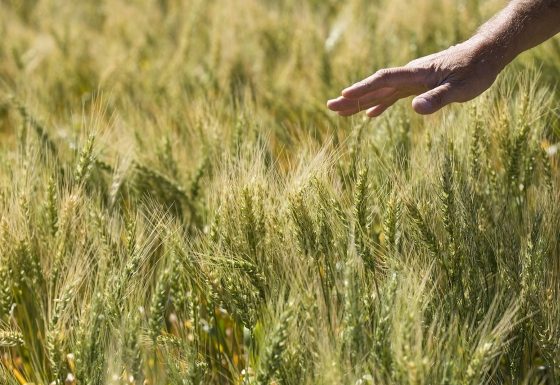I consider myself fortunate to be both a licensed seed crop inspector and an accredited seed analyst. We’re a select group, a handful of individuals with specialized expertise that’s essential to maintaining the quality and purity of seeds in the agricultural industry.
Regardless of the crop type, when we’re doing our job, we’re on the lookout for off-types and other contaminants that can be challenging to differentiate. We categorize these into three groups: “difficult to separate”, “difficult to distinguish” and “readily cross-pollinate”.

“Difficult to separate” refers to those seeds that resist thorough cleaning during the processing phase. On the other hand, “difficult to distinguish” pertains to those seeds of other crop kinds that look strikingly similar to those of the inspected seed crop, posing a challenge to even the trained eye of an accredited analyst. “Readily cross-pollinate” are those crop kinds that may hybridize with plants of the seed crop. Identifying which category a plant falls into is crucial to determine whether it necessitates reporting during field inspection or can be effectively managed.
This information is vital for preserving seed purity and ensuring that other crop kinds and unwanted hybrids do not compromise the final seed product.
It all boils down to the quality of the end product. Our mission is to ensure that only the highest quality, stable seed products make it to market.
Making Real Change
I recently had the opportunity to assist the Canadian Seed Growers’ Association (CSGA) in revising its seed crop certification requirements. CSGA is focused on addressing mechanical purity within forage and turf seed crops, while upholding stringent varietal purity standards that align with the OECD Seed Schemes model and the AOSCA system used in other jurisdictions.
CSGA is putting forth a proposal to implement rigorous criteria regarding the presence of other plant species in a seed crop. This proposal targets two specific scenarios: 1) the presence of plants capable of cross-pollinating with the seed crop (primarily grasses), and 2) the inclusion of plant species whose seeds are challenging to differentiate from those of the seed crop in laboratory tests.
Presently, CSGA’s certification requirements impose strict limitations on the presence of other crop kinds that were historically challenging to separate. This occasionally prevents seed crops from attaining certification. CSGA’s proposal looks to the future, envisioning a system where seed crop inspectors report the frequency of these challenging-to-separate crop kinds (e.g., trace, few, none) to benefit both seed growers and seed processors.
The importance of regulations in our work cannot be understated. These rules are in place to facilitate our jobs, yes, but more importantly, they impact the bottom line for our customers. If a seed crop contains challenging-to-separate or difficult-to-distinguish elements, they need to be identified and managed. This ensures that the seed grower can eliminate issues like difficult-to-remove perennial weeds or other unwanted crops from their fields, avoiding unnecessary expenditure.
Over time, the significance of our work has only grown. As the industry evolves, having up-to-date regulations becomes increasingly critical. Without clear and effective guidelines, precious time and resources could be wasted. What’s more, this continuous communication is essential to enhance the quality of the final product and reduce waste.
At the heart of our mission is the focus on the end product. When you work with a good seed lab, you’re partnering with professionals who understand the ins and outs of seed crop inspection, and they’re here to help you achieve success. It’s about making sure you have a top-tier product to sell and earn the reputation of providing the best-quality seed in the market.













